Trusted by the world’s leading CPGs

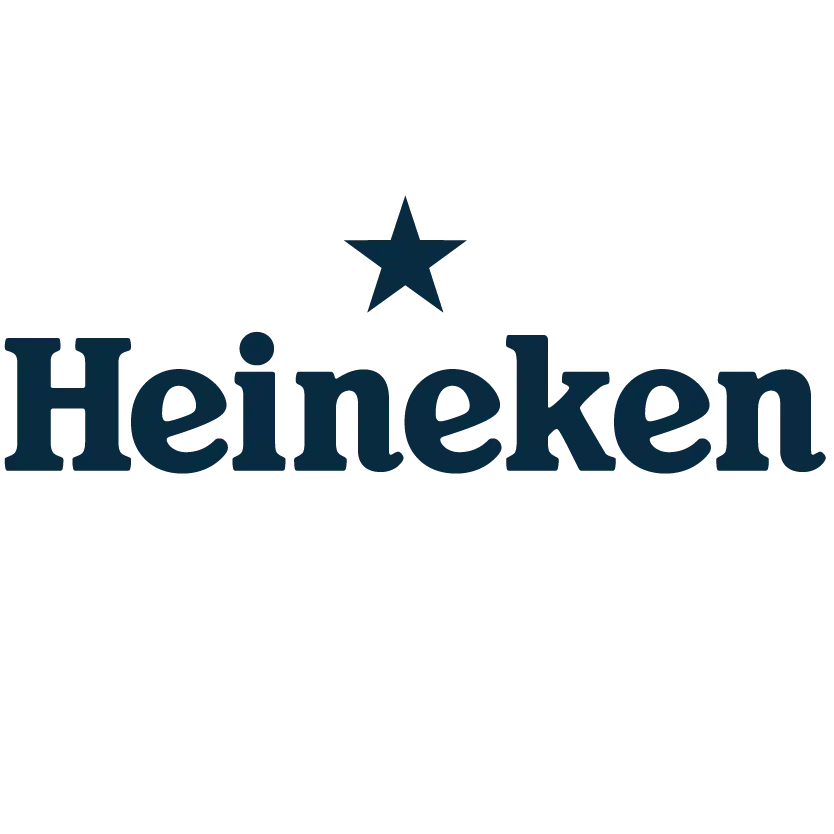
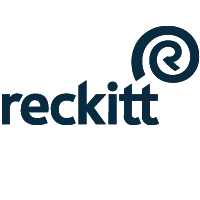
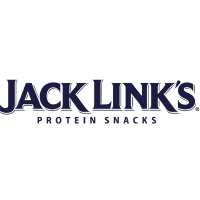
Make the difference that drives growth
Visualfabriq enables leaders in the consumer-packaged goods (CPG) industry to make the best decisions and drive profitable revenue growth, based on a reliable outlook. At the same time, the software as a service (SaaS) frees up commercial teams to take data-driven actions that make a difference.
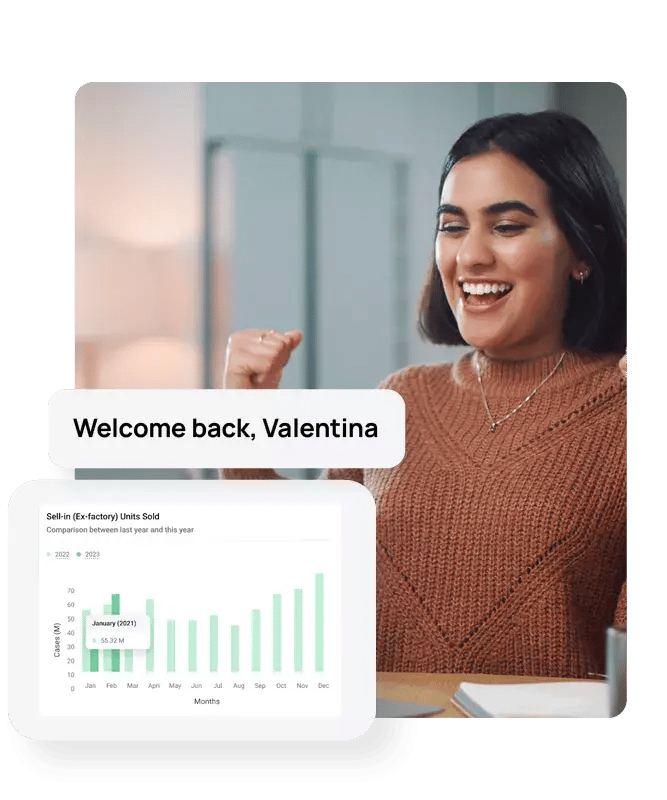
Volume to value, driven by AI
Visualfabriq’s Revenue Forecasting and Optimization software provides customers with a full outlook on their P&L, from a volume and value perspective. It supports commercial teams looking to optimize their commercial investments and reduces reliance on manual analysis thanks to advanced data integration paired with artificial intelligence (AI) and automation.

Delivering maximized results
Visualfabriq’s global, diverse team strives to maximize relevance for customers. World-class partners in education, deployment and value-added reselling have joined Visualfabriq to consistently deliver business benefits. The team is thorough and proactive, focused on details. Working in an unbiased and mindful manner, employees and partners approach people and challenges with an open mind, acting with respect for all.
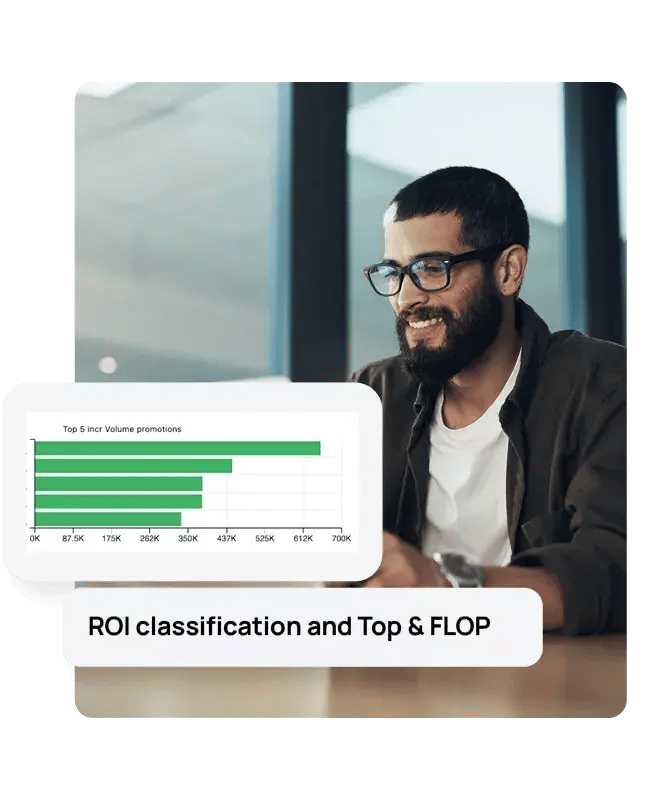
Revenue forecasting and optimization at its heart
Visualfabriq drives a one-number principle in organizations, ensuring accurate and predictable decision making. The Revenue Plan, at the heart of the software, is a bottom-up volume-to-value outlook. It uses the optimized promotions, contracts, prices, and volumes generated by users. The result: enhanced efficiency and cross-team alignment within CPG organizations, with all information accessible to all. To unlock commercial performance drivers, the Reporting module offers industry best practice reports, which can be complemented by customer-required views.
Taking data synchronization to a new level, the software holds all master data centrally. With a unique data integration layer, customers have full control. Sophisticated configuration enables easy data management. The Product Life Cycle module supports assortment changes throughout all the solutions, removing non-value-added work. Visualfabriq offers a single software structure which truly enhances the effectiveness of organizations and the efficiency of commercial teams.

Four solutions, one purpose, full alignment

Trade Promotion MasterTM
Build a winning promotion strategy through insight into performance drivers. Optimize to the max using the Visualfabriq AI capabilities.

Trade Spend MasterTM
Create a value-adding portfolio, drive negotiations through pricing and contract strategy and save time in administration.

Demand Forecast MasterTM
Increase forecast accuracy and drive decision making in the monthly business review process with this highly sophisticated forecasting solution featuring embedded AI.

Marketing Events MasterTM
Build your brand by managing and optimizing all activations and events in the marketing space.
Leading innovation
🏅Visualfabriq has been recognized with 7 awards in the POI 2025 Enterprise Planning Vendor Panorama
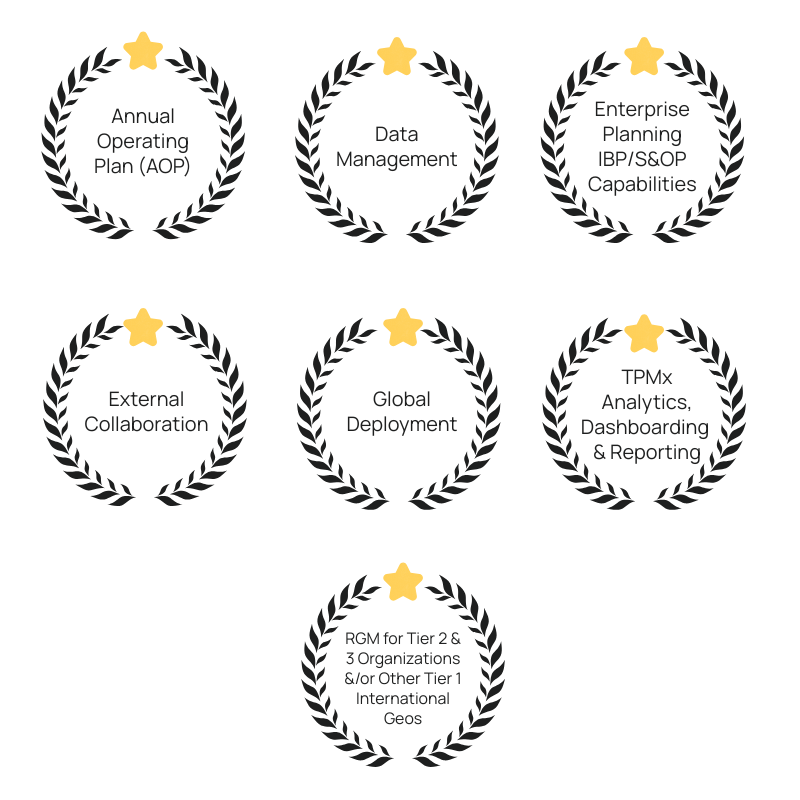
Trusted by the world’s leading CPGs.




Driving growth through the latest technology
Visualfabriq ensures accurate and predictable decision making through advanced technology. Whether a customer is ready to leave legacy tools and spreadsheets behind or requires advanced automation and AI, the software can help them due to its modular nature. Core functionalities replace manual processes such as administration and combining different data sources, while enterprise-level features include embedded AI and advanced automation.
Low total cost of ownership
Effortless upgrades, fast deployment, unlimited scaling
Single architecture
Organizational alignment through synchronized data structure
Data integration
Improve efficiency through seamless integration of internal and external data
Embedded AI
Create forecasting scenarios and optimize “as you plan”
Advanced automation
Drive efficiency, and eliminate routine, repetitive tasks
Master data management
Save time through efficient integration and change processes
Fact-based decision making, anytime
In an uncertain market, leaders in the CPG industry know they need technology to overcome the many challenges they face.
Visualfabriq’s software-as-a-service platform provides commercial teams with the right functionality to revolutionize revenue forecasting and optimization. It provides visibility across key pillars of Revenue Growth Management and enables fast decision making. By freeing up time to take those actions that make a difference, organizations achieve predictable, long-term growth with maximum efficiency. Join the revolution.

See what our clients have to say about Visualfabriq.
“Visualfabriq has helped us to set up a very clear simple process that every single sales member of our organization knows.”
Finance Director, Client, Global Snacking Company
“Featured as sample vendor in the Gartner Market Guide for TPM and TPO, and Gartner IT Market Clock for Supply Chain Planning.”
Gartner, Hype Cycle, IT Market Clock for Supply Chain Planning
“We now have a complete understanding of promotion benefits for us and for the retailers. And therefore, we can drive better promotional plans.”
Senior Solution Architect, Client, Global Dairy Company
